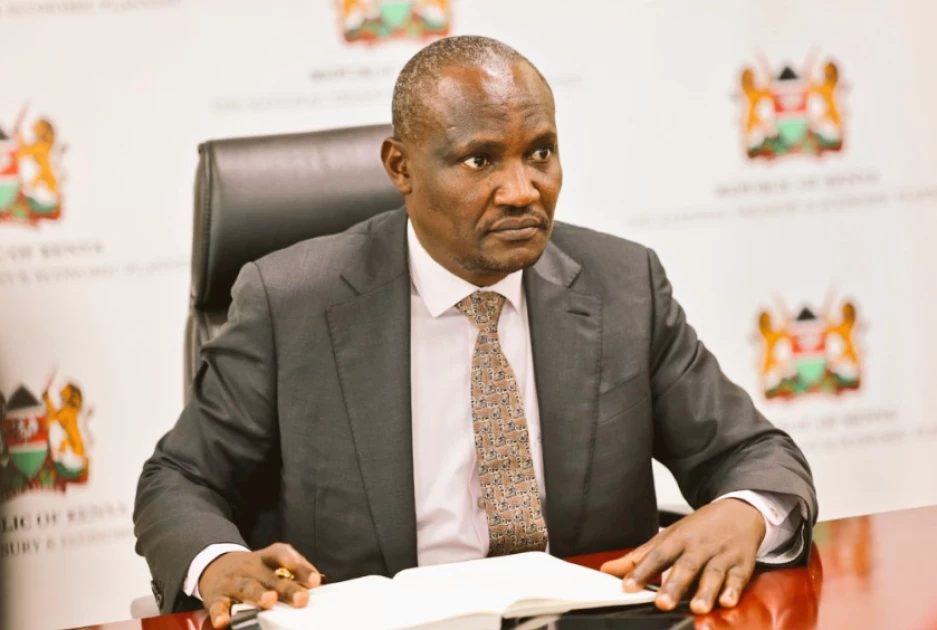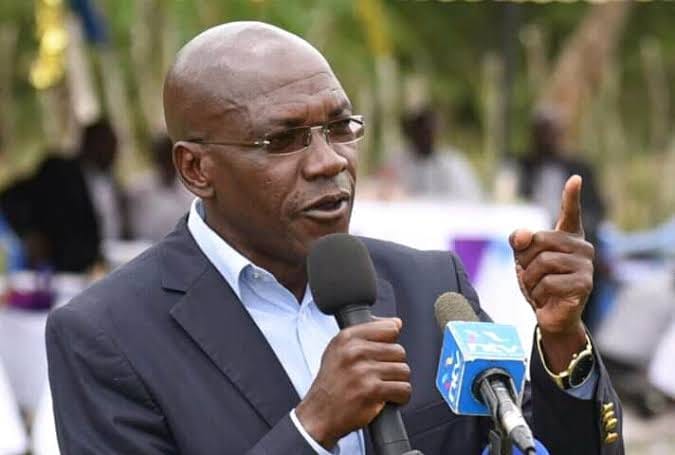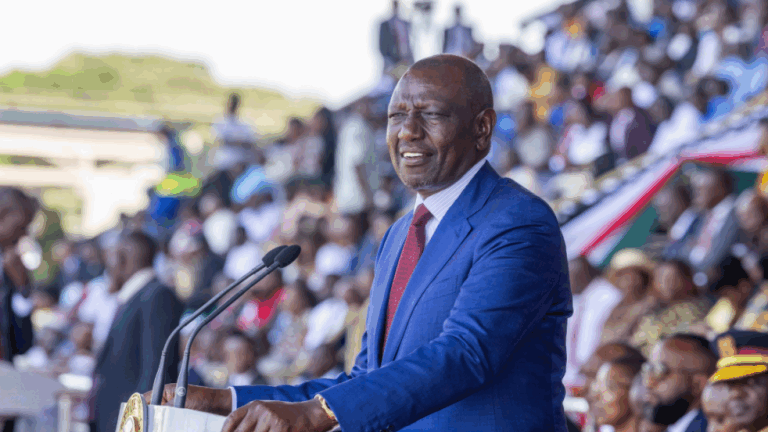
In a new fiscal alarm bell, the Kenyan government’s public debt has surged past KSh 11 trillion, triggering grave concern among economists, taxpayers, and policy analysts. At the same time, authorities are now disclosing that KSh 471 billion is spent daily in servicing this mounting debt burden — a figure that suggests the state’s finances are increasingly hostage to external and domestic creditors.
According to recent statements from the National Treasury, this mountain of debt is not idle. A staggering portion of government revenue is being diverted toward repayments, rendering core development and social programs vulnerable to budget cuts and neglect.
Debt Growth: Unchecked and UnrelentingKenya’s debt climb has been relentless. Reports show that as of May 2025, the debt stock crossed KSh 11.5 trillion, fueled in large part by aggressive domestic borrowing. Analysts say this trajectory leaves the country exposed to interest rate shocks, exchange rate volatility, and shrinking fiscal space.
The weaker Kenyan shilling compounds the burden, magnifying the burden of external obligations in local currency terms.
The True Cost: KSh 471 Billion per Day.
The revelation that the government is spending KSh 471 billion daily on debt obligations has rattled many observers. Although it remains unclear how much of that amount covers interest versus principal, the sheer scale is profound. This level of daily servicing threatens to choke off funds for health, education, infrastructure, and security.
The Institute for Public Finance (IPF) reports that for FY 2024/25, Kenya’s total debt service stood at KSh 1.85 trillion, with interest payments alone exceeding KSh 1.1 trillion. These numbers suggest that debt servicing is consuming nearly one-third of new revenue, placing Kenya far above internationally recommended thresholds. Debt analysts warn that sustained debt levels above the 30–35 percent revenue servicing range are red flags for fiscal distress.
Where the Money Goes: Internal vs External DebtKenya’s public debt is composed of both domestic and external obligations. Domestic debt absorbs a larger share of interest costs, often via high-yield Treasury bills and bonds. External debt, meanwhile, is particularly vulnerable to exchange rate fluctuations — meaning that any weakening of the shilling instantly inflates the debt burden.
The country’s largest external creditors include multilateral lenders and bilateral partners, especially China — a lender from which Kenya has drawn heavily for infrastructure projects like the Standard Gauge Railway.
Red Flags for Public Services.
As debt servicing continues to consume an ever-growing slice of the budget, the government faces painful tradeoffs:Cuts to social programs: Health, education, water supply, and social safety nets are under increasing threat.Delayed or stalled infrastructure: Ambitious road, rail, and energy projects may suffer delays or find themselves underfunded.
Higher taxes and levies: Revenue shortfalls could push the government to impose fresh taxes, which in turn may stifle growth.Credit rating dangers: Rating agencies are likely to downgrade Kenya further if debt metrics deteriorate, making future borrowing more expensive.
Economists warn that Kenya’s public debt is approaching a critical zone where fiscal flexibility disappears—and the country is held hostage by its creditors.
What Next: Can Kenya Reverse Course?Officials are reportedly exploring unconventional strategies. One such measure is a proposed $1 billion debt-for-food swap, which would exchange costly debt for funding dedicated to food security initiatives.
The government also aims to lean into longer-term borrowing instruments, securitized debt, and tapping the diaspora bond market to reduce reliance on short-term, high-interest instruments. However, these strategies are fraught with risks and require strict fiscal discipline, robust accountability, and a credible plan to restore investor confidence.
The Verdict: A Nation at a Crossroads.
Kenya is now living under the shadow of its debt. The revelation of KSh 471 billion daily outgoings underscores just how dire the situation has become. Authorities face a daunting choice: to unleash austerity, risk public backlash, and underfund essential services — or to gamble on reform and risk deeper debt distress.






